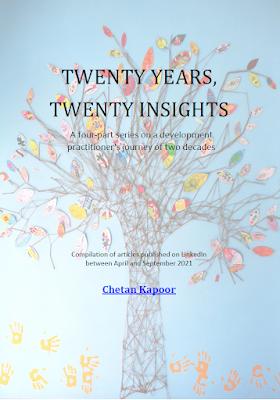The Classroom
 |
| A "classroom" in progress at the courtyard of a Masjid in Tonk, Rajasthan. July 2011. |
The classroom remains one of the most
sequestered environments within any institution. What goes on inside this
sanctuary is seldom subject to observation, and that which is not observed can
scarcely be corrected or improved. This is especially true in the case of a
classroom with young learners, who cannot be expected to be discerning about
the quality of learning that they receive. Even older learners tend to accept
the “service” provided to them in a classroom rather unquestioningly – unlike
what happens in any other arrangement between a service provider and the
recipient of the service.
What goes into the DNA of a classroom?
Is it the curriculum? Or the teacher’s ability to transact the curriculum? Why
is it that learners’ tend to positively respond to certain stimuli, and remain
apathetic to others? What sets apart a high quality classroom process from a
poor quality one? How do we know that the learners are really learning? These, and other similar questions, are the ones we
have tried to address at Edulever. We have
narrowed down the basic issues that need to be addressed within a classroom to three critical things – Teacher Training, Curriculum, and Learner
Assessment. Our belief is that once these three components are given the
necessary attention, most of the issues within an education system can be
resolved. After all, any education system, at the end of the day, is only as
good as what happens within its classrooms. The word about the need for
education reforms has been in the air for a while now – we at Edulever firmly
believe that this process has to begin and end by reforming the classrooms.


Comments
Post a Comment